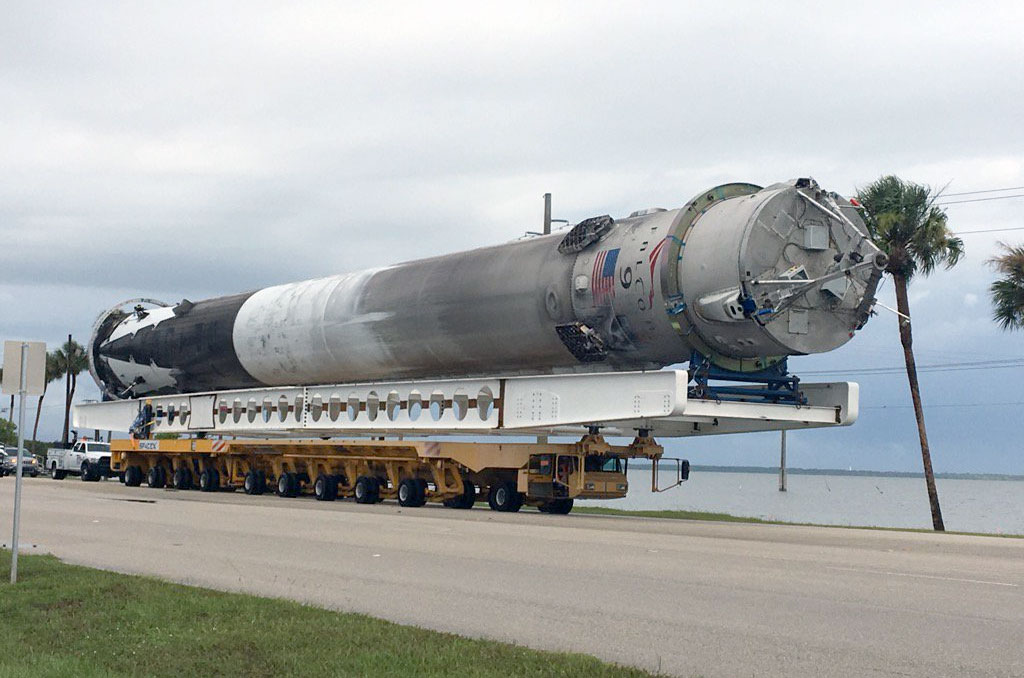
NASA will be entertaining commercial lease possibilities for the second transporter.
#Rocket transporter upgrade#
Giles also went on to say that the incline of ramp to Launch Complex 39B - a 5% grade - can present a challenge as well.Ĭurrently, there are no plans to upgrade the second crawler due to budget constraints. When asked about the difficulties and differences between transporting SLS as opposed to the space shuttles, Giles said that the additional weight has SLS rolling “off center” and that the Mobile Launcher extends beyond the heights of the space shuttle, which can act as a “sail” during transport. Credit: Theresa Cross / Spaceflight InsiderĮngineers at the Engineering Systems Division at NASA’s Ames Research Center designed the upgrades necessary to the six crawler subsystems along with various other upgrades necessary to carry the extra six million pounds of rocket and hardware. When the space shuttle program ended in 2011, the crawler was stored away in NASA’s crawler yard where teams began modifications to support SLS in advance of the Artemis mission to the Moon and beyond.Ĭrawler-transporter 2 moves the Mobile Launcher with the Artemis 1 Space Launch System rocket from Launch Complex 39A to the Vehicle Assembly Building. Sourced from various foundries, these 2,000-pound shoes can take up to a year for prototypes to process and submit for inspection. The crawler went from needing to move 12 million pounds during the space shuttle era to 18 million pounds today. The increased weight of the Space Launch System is a significant contributor to the replacement needs. There are 57 shoes per tread and they can lose two to three per roll.

When asked about the one thing that breaks the most often or concerns Giles with regards to CT-2, the answer was the shoes that make up the vehicle’s eight treads. Video courtesy of the European Space Agency Starting up the crawler is a cooperative effort between engineers and technicians working in concert with one another to make sure the massive diesel engines are ready for cranking, as oil temperatures and console pressures are carefully monitored ahead of engine start.ĭue to the age of the crawler, a computer-generated list of recurring preventative maintenance tasks are performed. Once these individuals have completed instruction for each phase of operation, they are tested and receive a certification as operator/driver of the decades-old vehicle. Giles has held the position of operations manager for 10 years.Ĭrawler-transporter operators need an engineering degree and are trained to repair and troubleshoot everything from hydraulics to electrical and consoles. Giles has been charged with “top down” responsibilities including scheduling, rolls and communications between NASA, himself, the technicians and engineers driving the crawler as operational needs can move well outside of intended timeframes.

His responsibility is to guide and lead the team that moves the massive rocket back and forth from the VAB and Launch Complex 39B. Credit: NASAĮarlier this month, Spaceflight Insider had the opportunity to speak with John Giles, Crawler Element Operations Manager at NASA’s Exploration Ground Systems program. NASA’s John Giles stands in front of the crawler-transporter.


 0 kommentar(er)
0 kommentar(er)
